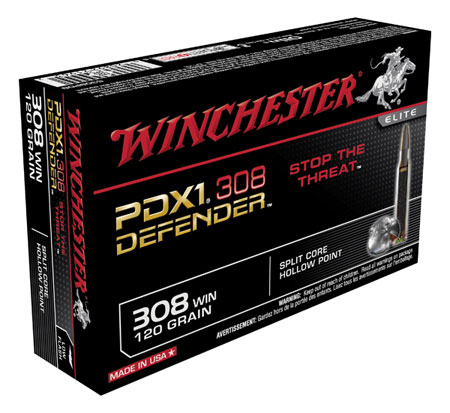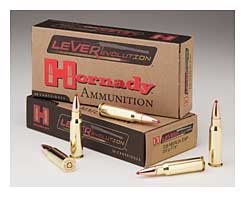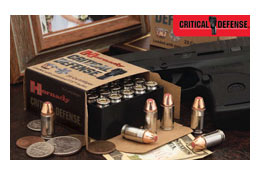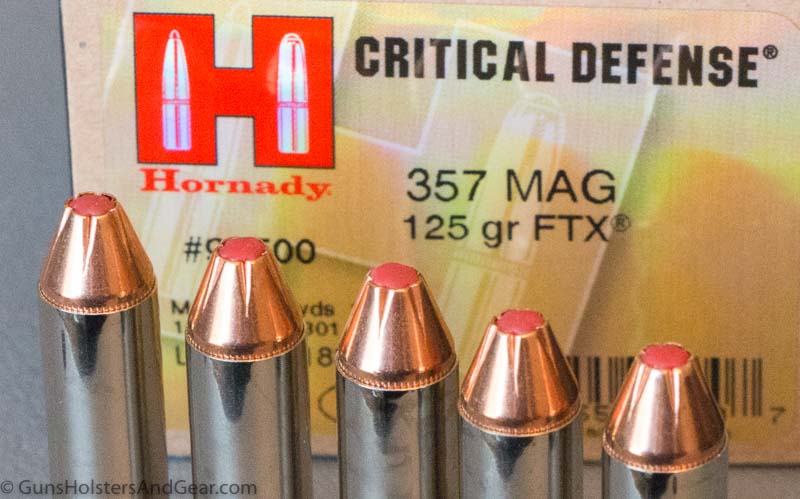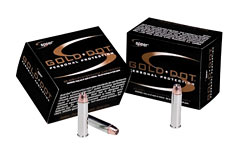
However, it seems that the rumors persist.
Winchester Ammunition, in an effort to combat the notion that they, or anyone else, is cutting production, released this statement:
Winchester Ammunition, like other ammunition manufacturers, has seen the demand for our products increase significantly since last fall. To meet that increased demand, our operations are running 24 hours a day, 7 days a week. Our team is literally working around the clock to make quality ammunition available for purchase. We remain absolutely committed to meeting the growing needs of our customers.
Update – Eventually the ammo shortages of 2009 eased up. Â As supply increased, prices dropped. Â That’s how a market economy works, don’t cha know. Â I suggested (and so did a lot of other people) that shooters slowly build up supplies of ammo and reloading components for the calibers they shoot and/or load.
After several years of a soft market, the market panicked again in late 2012, and a ammo shortage hit again. Â The 2012/2013 shortage seemed worse than the 2009 shortage in many ways. Â Some calibers, like .22 LR and 9mm, were the hardest to find. Â However, other rounds like 5.56/.223, .40 S&W and .45 ACP were also very difficult to locate. Â People would stalk Walmart delivery trucks on delivery days hoping to be able to score a couple of boxes of their favorite caliber.
Demand for Winchester ammunition (and other brands) was such that 5.56 ball (and other calibers) was selling for more than $1000/case at times. Â That seemed to be the top limit on the pricing, but there was a lot of push back from consumers as prices approached these prices. Â Those prices were set by dealers, and not manufacturers like Winchester.

